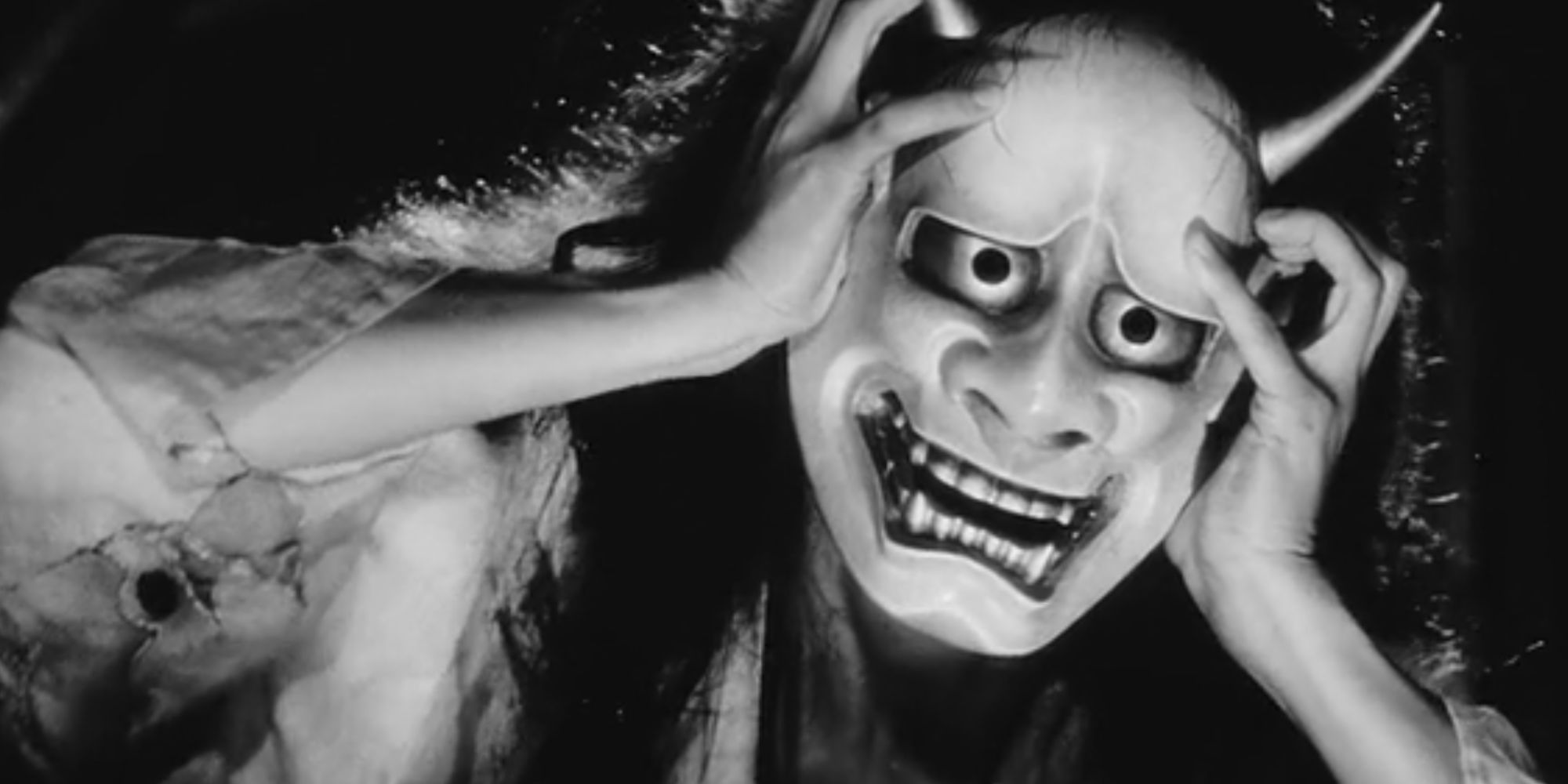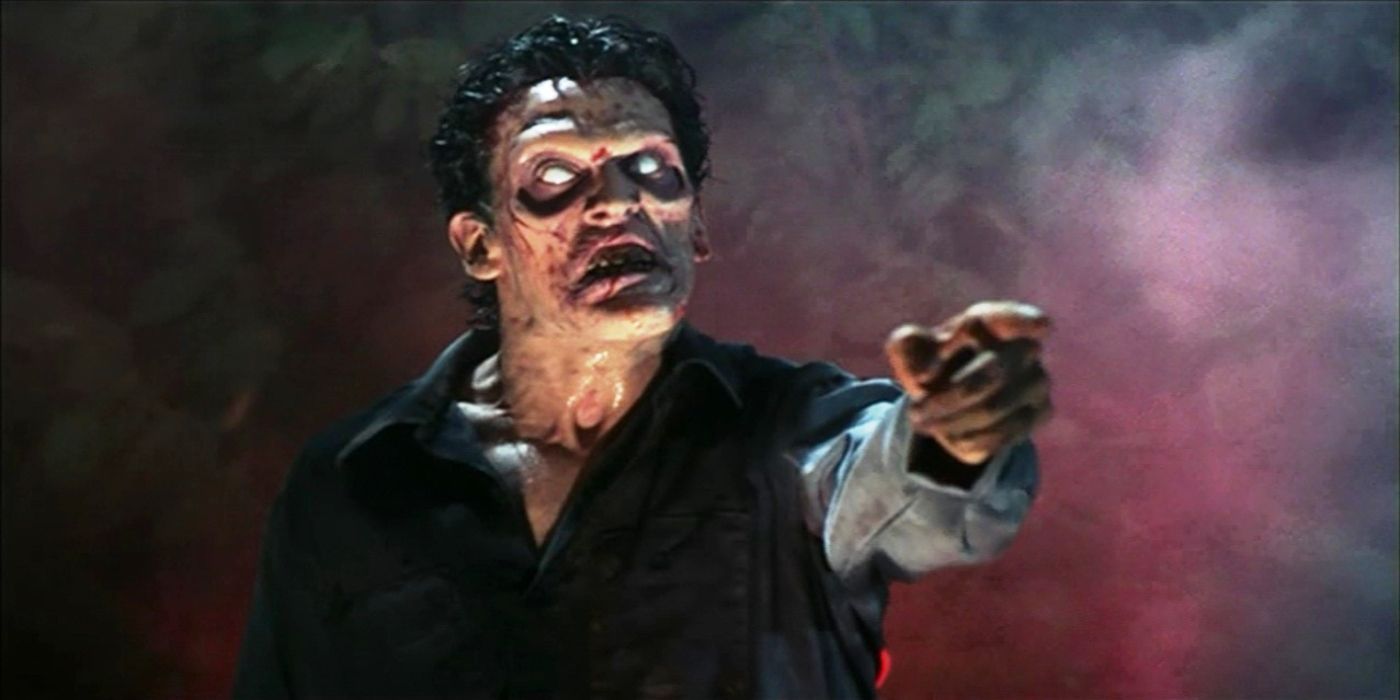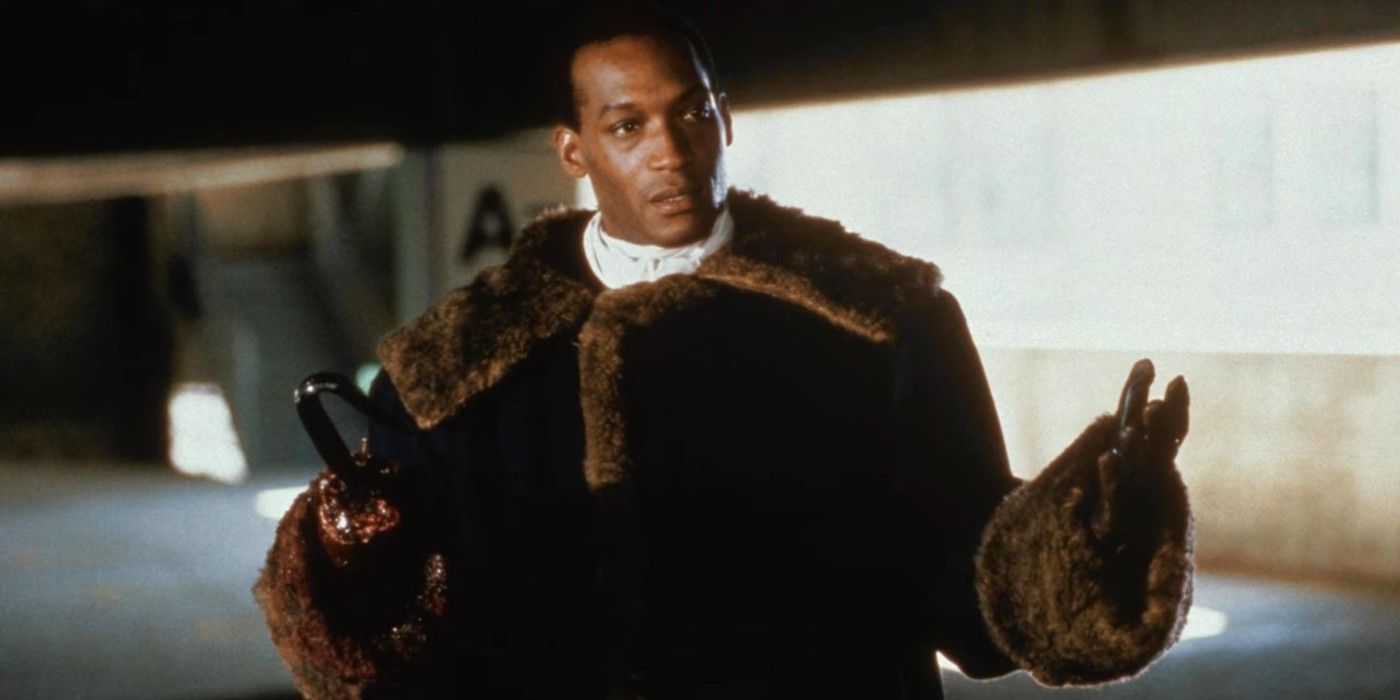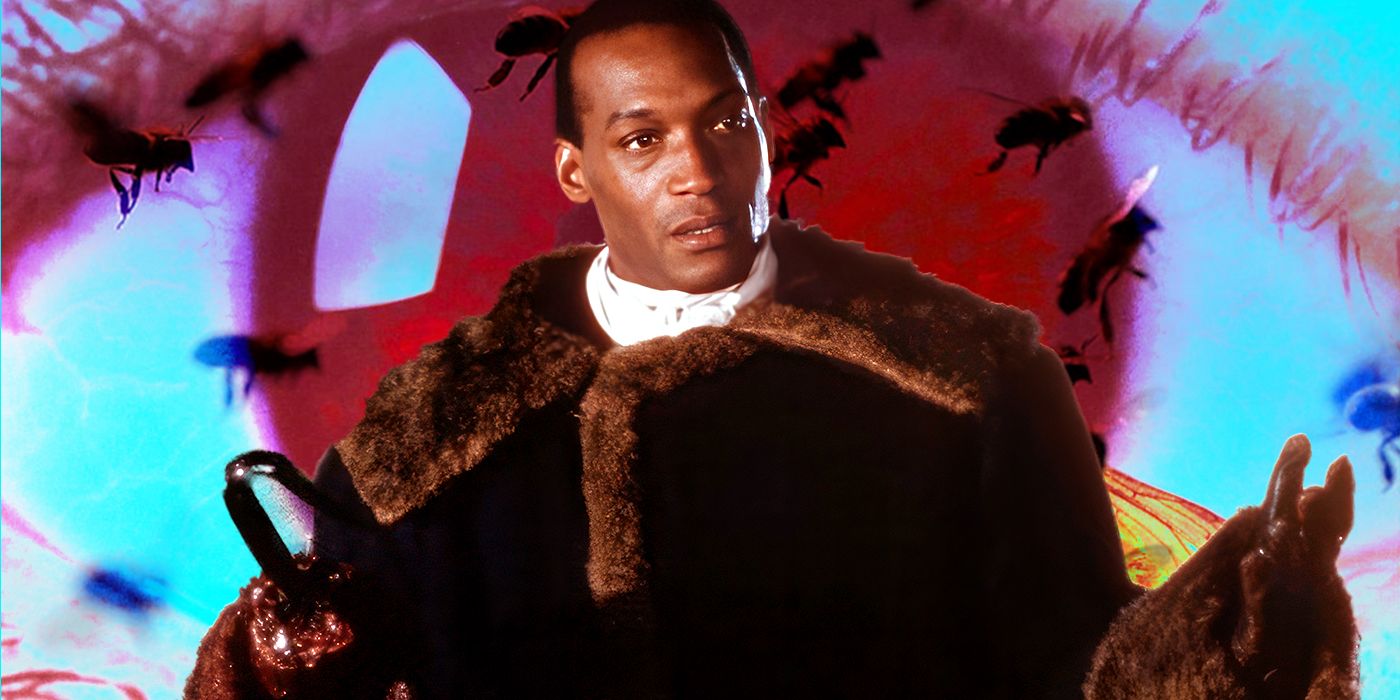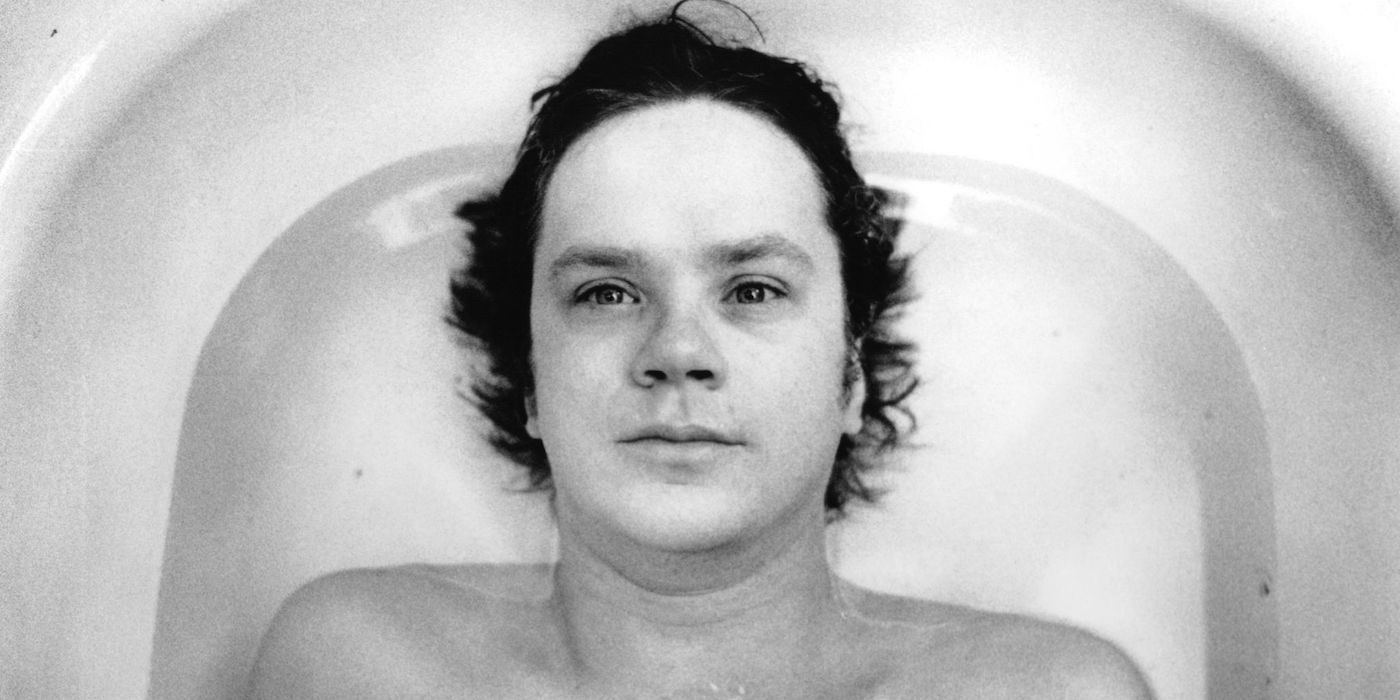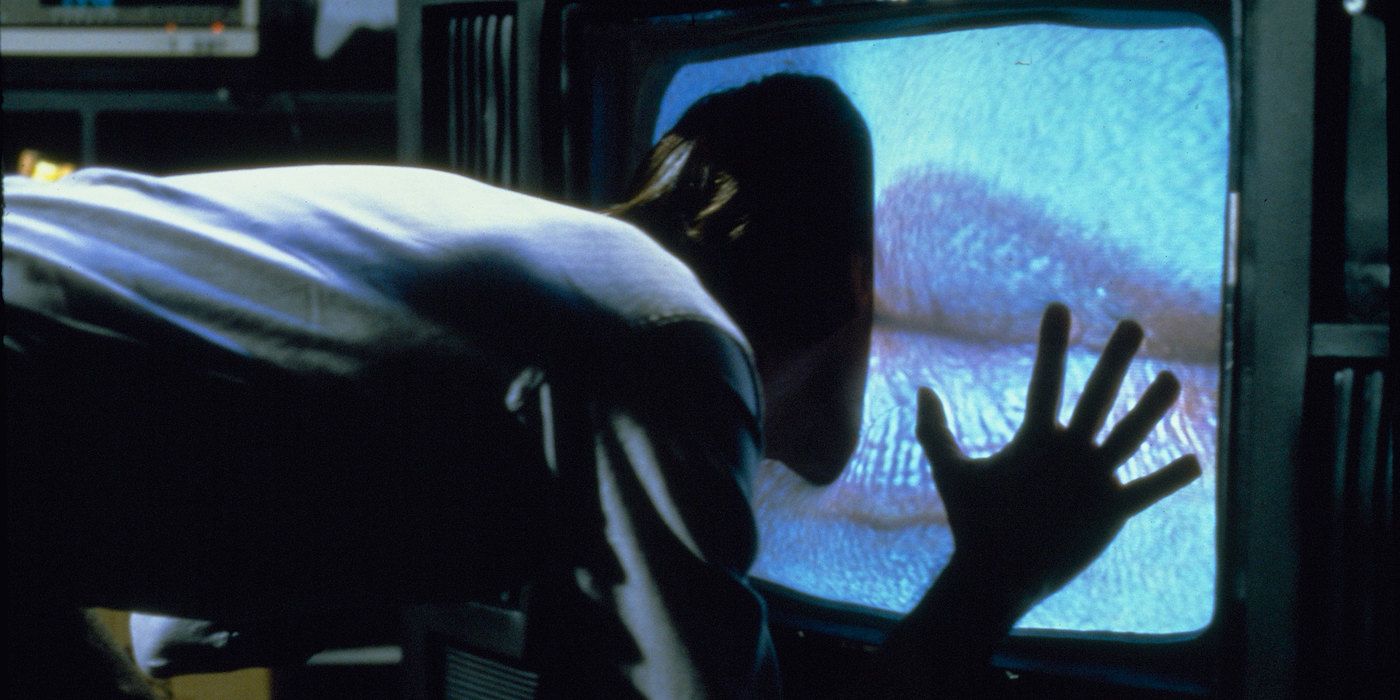Horror films are something you have to prepare for. Whether it's gripping the seat or shielding your eyes or ears, or wrapping yourself up in a world full of tension and menace, great horror movies are much more than jump scares. Utilizing the sound of floorboards, the movement of shadows, the unpredictability of mist, horrific or hilarious (or hilariously horrific) deaths, or a tingling film score—this genre is always playing with the audience. The greatest horror films can be heady and philosophical, slapstick or serious—in short, if you're a fan of horror, most likely you're a fan of cinema. No other genre best represents how the moving image can affect us—by using every filmmaking tool in the shed.
Horror cinema has seen historic highs; the best horror movies never really leave your mind for good. But which of the genre's finest are the very, very best? Below are the greatest, the most unforgettable—and indeed the most frightening—horror movies ever made, ranked from great to greatest.
100 'The Last House on the Left' (1972)
When two teenage girls venture into the city for a concert, they fall victim to a group of escaped convicts who savagely murder the girls and leave their bodies in the woods. Taking refuge in a nearby home, the killers soon discover they have checked into the house of the parents of one of their latest victims and find themselves at the mercy of the vengeful pair.
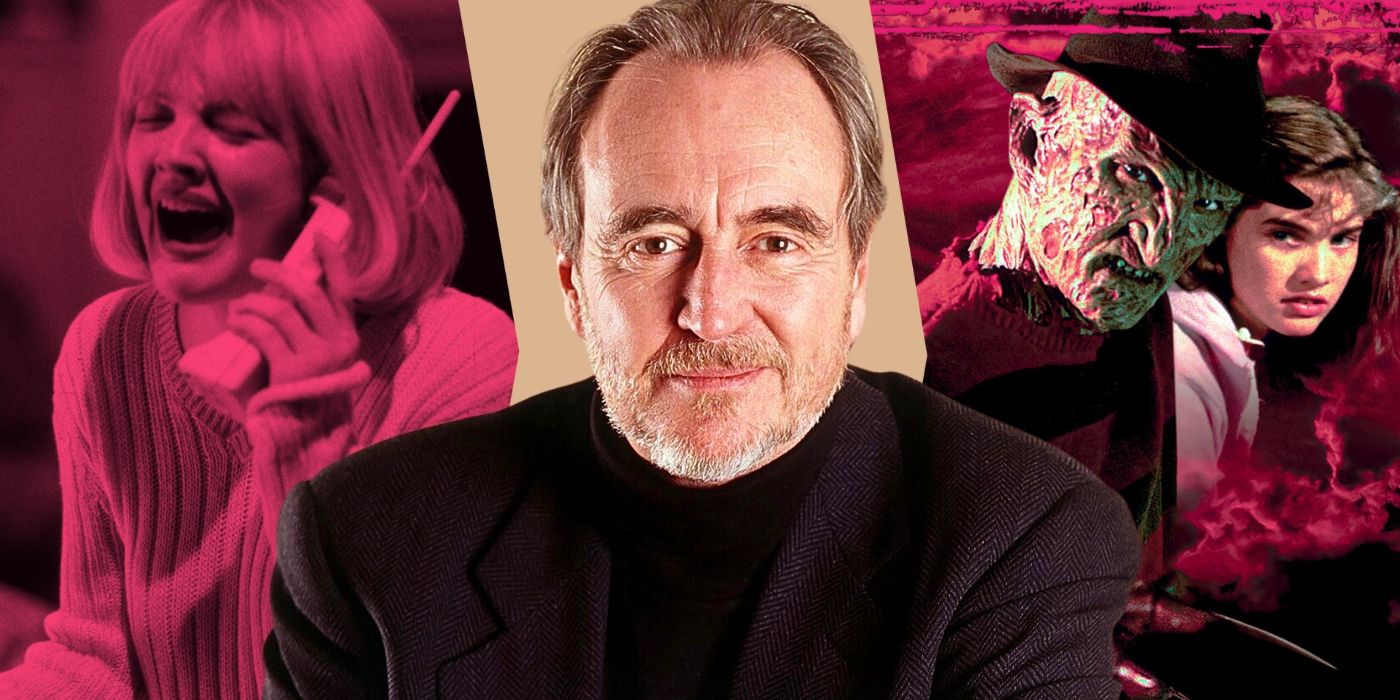
Every Wes Craven Movie, Ranked From Worst to Best
"Horror films don't create fear. They release it."Inspired by Ingmar Bergman's non-horror, still deeply disturbing drama masterpiece The Virgin Spring, The Last House on the Left is one of the most notorious horror movies of all time due to its confronting content matter surrounding abuse. While it is difficult to watch and understandably not for everyone, Wes Craven’s debut clearly showcases the talent of the genius filmmaker who would become a mainstay of the horror genre. — Ty Weinert
99 'Near Dark' (1987)
After spending the previous decade in sexploitation films, vampires re-emerged in the 80s as postmodern leather-clad punks. And that look gave filmmakers a lot of new angles to play with: gangs, bikers and junkies. All of those groups run in packs and engage in more dangerous behaviors than the old-fashioned singular vampires of old. These were a new breed of terrorizing clans and sorry (not sorry), Lost Boys, but Kathryn Bigelow‘s Near Dark is the best of the 1980s vampire movies. She puts them in a hybrid of both the neo-Western and the road movie that became popular in the 70s and she also seems to call bullsh*t on eternal love.
These vampires are modern bandits. They roll down our sleepy highways. In the best scene, they pick a bar fight. The epically named Severen (a wild Bill Paxton) has blades at the tip of his cowboy boots, an addition that removes the need to bite, and thus removes the intimacy of feasting that most vampires previously engaged with their victims. But there is still an intimacy in Near Dark. It’s a young love that starts at a convenient store (between Adrian Pasdar and Jenny Wright). — Brian Formo
98 'The Brood' (1979)
Centered around a psychotherapist whose methods border on unethical, The Brood stars Oliver Reed as Dr. Hal Raglan. When Raglan learns that his troubled patient Nola Carveth (Samantha Eggar) is locked in a bitter battle with her husband for custody of their young daughter, he coaxes her with several controversial therapy techniques while a series of murders occur in the area.
Written and directed by Cronenberg to serve as a reflection on his own troubled divorce, The Brood seeps his trademark body horror into its intriguing plot. The Brood sets itself apart from the rest of Cronenberg’s work through its focus on motherhood, and the unique fears that surround the topic. —Ty Weinert
97 'Cannibal Holocaust' (1980)
Directed by Ruggero Deodato, the undeniably disturbing Cannibal Holocaust centers on a professor (Francesca Ciardi) who discovers lost footage from a missing documentary crew while on a rescue mission into the Amazonian rainforests.
No doubt, Deodato's arguably most notorious film is extremely uncomfortable to sit through; for the most part, this has to do with the amount of gore, explicit sexual assault, and the onscreen depiction of animal death that it features. Still, the controversial horror provides a valuable social commentary on journalism and the exploitation of South American countries. — Daniela Gama
96 'Final Destination' (2000)
After experiencing a haunting premonition that shows the airplane his high school class is traveling on exploding, teenager Alex Browning (Devon Sawa) is thrown off alongside several others. As the plane explodes shortly after take-off, the survivor’s relief is short lived as they discover that Death does not like to be cheated.

Every 'Final Destination' Movie, Ranked
"In death, there are no accidents, no coincidences, no mishaps, and no escapes."Arriving in the wake of the Scream copycat craze, Final Destination sets itself apart from similar movies by featuring a villain that is never shown but is always felt. Rather than stalk teens with a machete, the Grim Reaper dispatches its victims with highly creative freak accidents, resulting in a franchise that has some of the best death scenes in horror.—Ty Weinert
95 'What We Do in the Shadows' (2014)
Finally, someone breathed new life into the vampire genre. What We Do in the Shadows is a mockumentary about four vampire flatmates and it takes an absolutely delightful approach to exploring creature clichés in a deadpan, reality show-like manner.
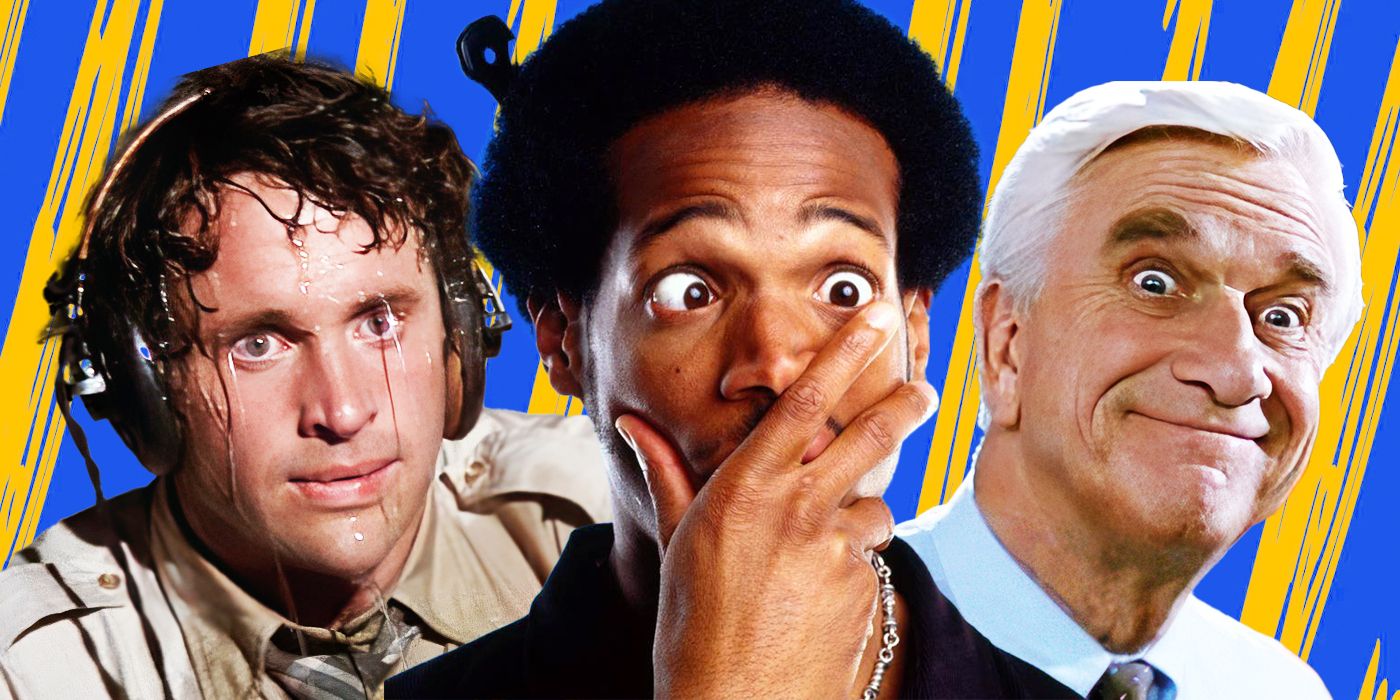
The 20 Best Parody Movies of All Time, Ranked
"Nothing to see here... Please disperse!...Nothing to see here..."Viago (Taika Waititi), Vlad (Jemaine Clement), Deacon (Jonathan Brugh) and Petyr (Ben Fransham) all turned during different time periods, which leads to some brilliant spins on familiar issues like doing the dishes, getting into nightclubs, adapting to new technology and so much more. The only unfortunate thing about What We Do in the Shadows is that it clocks in at a mere 86 minutes. Between the winning jokes and the wildly charming friendships between the characters, a whole series dedicated to their antics was welcome. — Perri Nemiroff
94 'Dead Alive' (1992)
Peter Jackson could have only made this gory, gushy, and occasionally outright repulsive zombie film, and he would still be a kind of legend, if not at the level of the man who brought Lord of the Rings to the big-screen. Dead Alive openly toys with one of horror’s most cherished concepts – repression – and when Lionel’s (Timothy Balme) love for a local girl is no longer held down by his controlling mother (Elizabeth Moody), out come the decaying zombie-like creatures to act as a horrifying expression of momma’s villainous control.
Like Tobe Hooper and Stuart Gordon’s iconic 1980s output, Dead Alive (also known as Braindead) strives for what Hooper called “red humor,” a melding of slapstick and physical comedy with horror, and the result is the most idiosyncratic and zany effort that Jackson produced, complete with zombie-monster momma and rotted ears and noses garnishing a nice Sunday chowder. — Chris Cabin
93 'The Conjuring' (2013)
There are a lot of possession movies out there, but James Wan’s approach to bringing one of Ed and Lorraine Warren’s cases to screen in The Conjuring has far more heart and technical expertise than most. Based on one of their real case files, the movie centers on the Perron family. Almost immediately after Roger (Ron Livingston), Carolyn (Lili Taylor) and their five daughters move into a rundown farmhouse, strange things start to happen.
Not only does Wan manage to make The Conjuring the Perron family’s story, establishing strong connections between characters, a charming family dynamic and then showing how the evil entity could destroy it, but he also perfectly pairs it with the Warrens’ perspective, well representing why they feel the need to help and then also the toll the case takes on them. The pairing results in an especially layered possession story that spark chills because you’re genuinely concerned for the characters, not because it’s packed with jump scares. – Perri Nemiroff
92 'Martyrs' (2015)
With graphic depictions of violence and gore, Martyrs simply has to be one of the most perturbing movies in the genre. Pascal Laugier's film depicts a young woman's (Mylène Jampanoï) quest for revenge, alongside her equally traumatized childhood friend (Morjana Alaoui), against those who tormented her as a child.
Combining the psychological and body horror subgenres to terrifyingly effective results, Martyrs is far from an easy watch. The 2008 movie is guaranteed to shock audiences with its brutally intense premise and gruesome imagery, two elements that make it one of the most polarizing horrors. — Daniela Gama
91 'X' (2022)
Set in the late '70s and starring modern scream queen Mia Goth, X follows a group of young filmmakers who attempt to make it in the adult film industry, setting out to make a movie in rural Texas. However, their elderly hosts catch them in the act, and their plans are soon ruined.
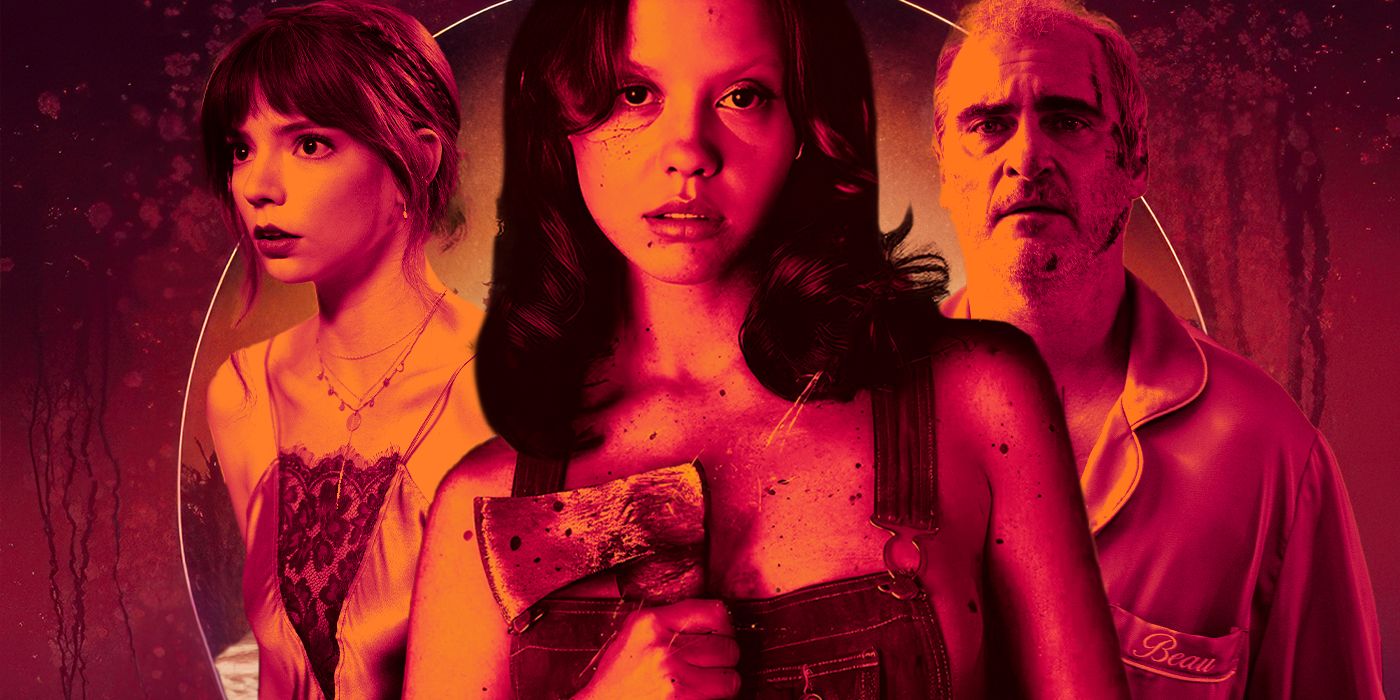
The 25 Best Horror Movies of the 2020s So Far, Ranked
The greatest standout horror films of this still very-new decade.While the deliberately paced, uncommonly artful first film in a rather unexpected franchise may not appeal to all audiences—and maybe not even all diehard horror fans, Ti West's predecessor to Pearl still makes for a funny and unconventional slasher with memorable characters. The way it deals with themes of sexuality and aging, as well as the oppression that comes, is one of its strongest aspects. — Daniela Gama
90 'Paranormal Activity' (2007)
When young couple Katie (Katie Featherston) and Micah (Micah Sloat) move into a new home, they begin to suspect they may be plagued by supernatural events. Hoping to catch something on tape, they place several cameras around their house and reveal something sinister in the process.
While Paranormal Activity is far from the original found footage horror movie, it has had the greatest impact on the genre behind only The Blair Witch Project. Despite such a basic premise, Paranormal Activity became a massive hit commercially and spawned a wave of imitators that all failed to reach the same success. —Ty Weinert
89 'Funny Games' (1997)
With this 1997 art-house white-knuckler, Michael Haneke honed his occasionally self-serving indictment of audiences who look toward violence, torture, and death for their entertainments to a fine point. Two pleasant-seeming psychotics enter the home of an affluent family and put them through a series of near-sickening games in which their lives are constantly on the line. The psychotic boys intermittently address the audience, and even rewind the film at one point, suggesting that the viewers are in on their cruel activities and are, in a way, rooting for them.
Funny Games is a stunning criticism that hits like a jackhammer at certain moments, but Haneke cops out in one regard, in that he never faces his own place in the making of films that are mainly built on suffering and death. Still, Funny Games is one of the venerable filmmaker’s most exhilarating creations, right up there with Cache, Code Unknown, and The White Ribbon, and though his moral arguments are muddled, the power of his film’s clinical visuals and menacing plot turns cannot be denied. — Chris Cabin
88 'Black Sunday' (1960)
Before Mario Bava would direct the earliest identifiable slasher films in Italy, which genre-lovers loving know as giallos, he made this gothic throwback that could easily stand astride the best of Hammer Films’ output of the previous decade. Black Sunday begins with a stunning and horrific opening sequence that would get the film banned in the UK for years, although it is nowhere near as violent as Bava’s films would become less than half a decade later.
In the opening, Princess Asa (Barbara Steele) is convicted of being a witch and has a bulky and spiky satanic mask nailed onto her face by a massive mallet. She’s buried alongside her lover in a crypt. 200 years later, two doctors discover the tomb, are attacked by a bat and blood is spilled on her casket. They curiously pry the mask off of the Satanic Princess’ face and a curse is unleashed, as Asa takes possession of a virginal woman in town (Steele again) and sets out to unleash her revenge. This is Bava's first great horror. — Brian Formo
87 'Henry: Portrait of a Serial Killer' (1986)
John McNaughton’s squirmy, hard-to-watch serial killer observation in the wild, Henry: Portrait of a Serial Killer, not only makes you confront the psychology of a serial killer, it should make you rethink why you’re okay with certain people dying in horror films but hope that others survive.
Michael Rooker plays Henry and it’s a brilliant performance. His Henry isn’t an approachable guy who goes dark on you when triggered. His Henry doesn’t have any wildly disturbed tics, either. Something is off, but that thing that Henry is missing is empathy and a conscience (he never knows when he’s going past a personal barrier) and it’s the type of personality dysfunction that usually can’t be picked up on until you’re already a little too close. You don’t watch Portrait of a Serial Killer for excitement and shrieks; you watch it to pass a basic humanity test. If you’re deeply troubled by the film and can’t shake it, you have a conscience. In some miraculous way, Henry will improve your viewing of horror films and shift your attention more to the victims and away from a fixation on the killer. — Brian Formo
86 'Nosferatu the Vampyre' (1979)
A remake of the original 1922 classic, Nosferatu the Vampyre follows Count Dracula (Klaus Kinski) as the legendary vampire arrives in Wismar and begins terrorizing the local community. He becomes enchanted by Lucy Harker (Isabelle Adjani) and sets out to make the woman his unwilling wife.
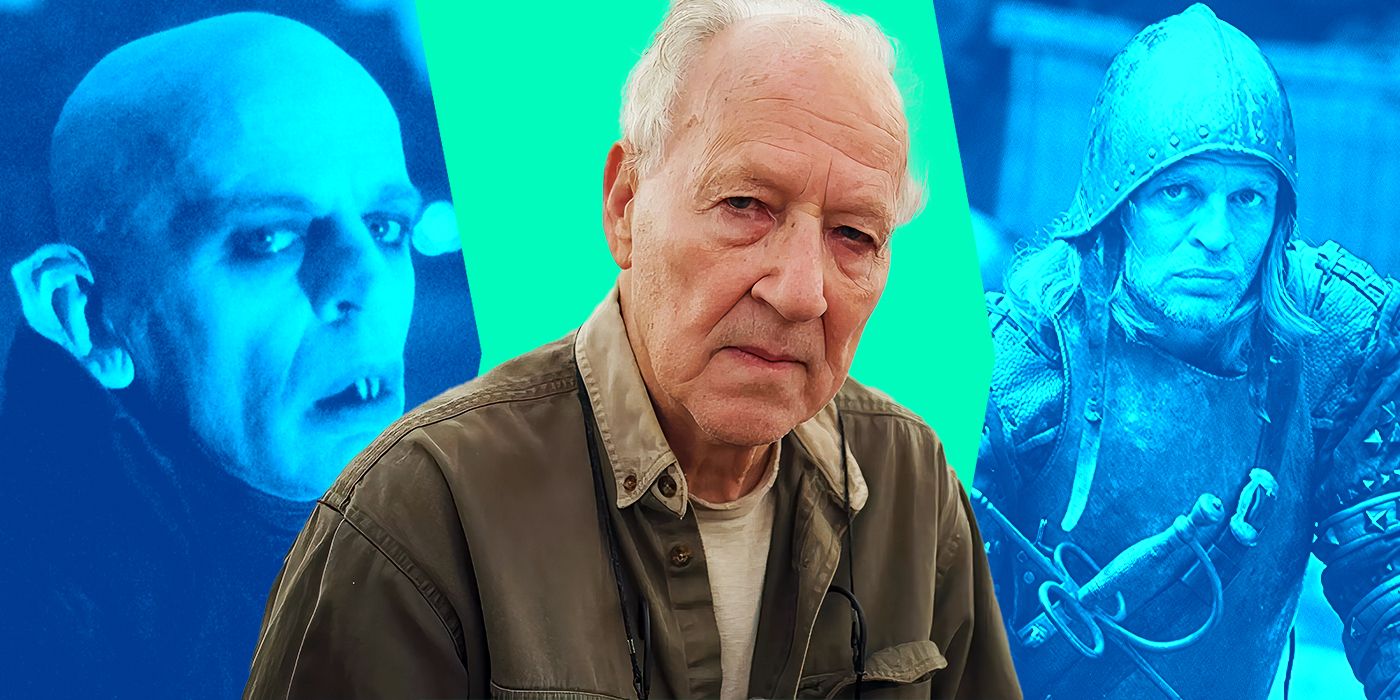
The 20 Best Werner Herzog Movies, Ranked
"Every man should pull a boat over a mountain once in his life."One of the best takes on the legendary source material, Werner Herzog’s Nosferatu the Vampyre succeeds courtesy of wonderful direction and terrific performances from the cast. Kinsi in particular offers one of the greatest performances of Dracula.—Ty Weinert
85 'Onibaba' (1964)
Onibaba takes place during a civil war in Medieval Japan and follows a mother (Nobuko Otowa) and her daughter-in-law (Jitsuko Yoshimura). Impoverished because of the war, the two women murder passing soldiers and take their supplies before a new threat comes between them.
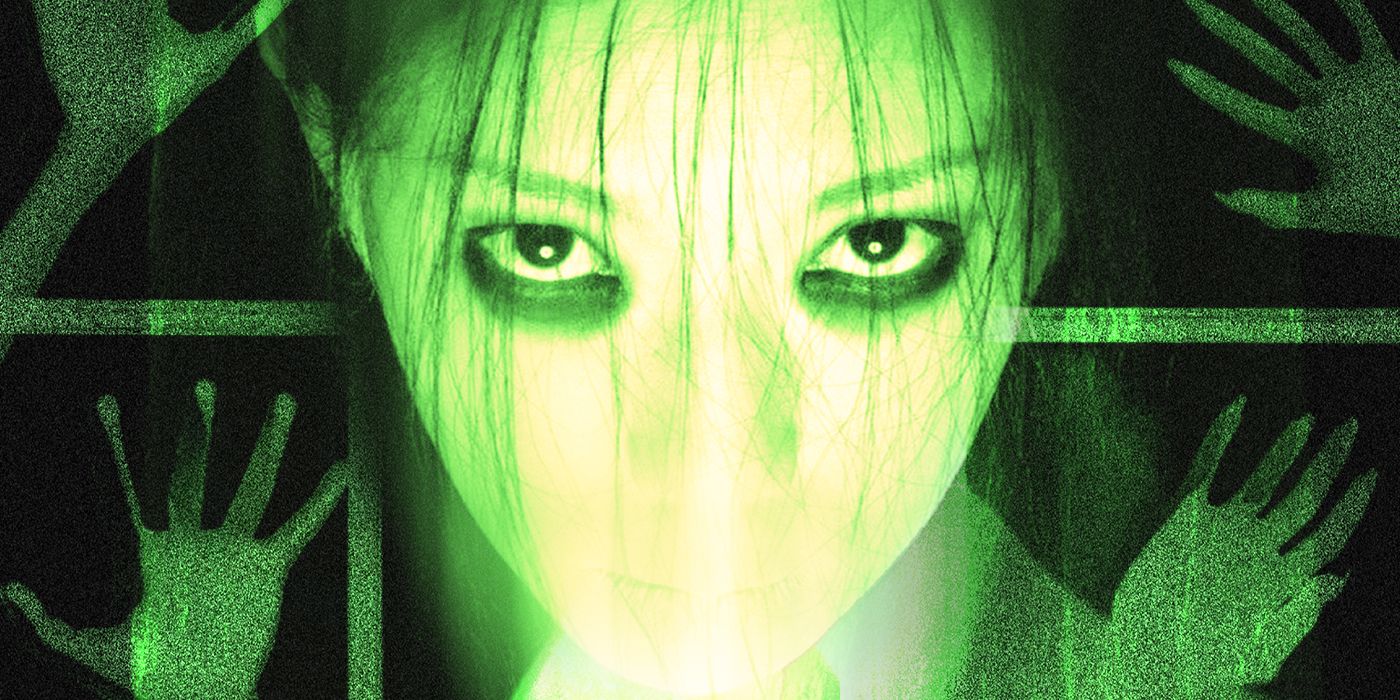
15 Scariest Japanese Horror Movies That Will Make You Sleep with the Lights On
These movies will keep you scared long after the credits roll.Towing the line between horror movie and period drama, Onibaba remains creepily atmospheric throughout its runtime. From the sights of reeds blowing in the wind to the images of mutilated bodies, Onibaba regularly shuffles between beauty and terror, often in the same scene. — Ty Weinert
84 'Evil Dead II' (1987)
Brace yourself, those who have never tangled with Evil Dead II before! If you’ve already seen The Evil Dead…well, some of this might come off as familiar. And yes, it really, really is all but identical in content to the first film. And yet, that’s what makes its crucial differentiations, the decisive ways in which director Sam Raimi makes this its own gory, glorious movie, all the more impressive. Ash’s second trip to the cabin in the woods promises that he’ll be dead by dawn and that his companions will be decimated.
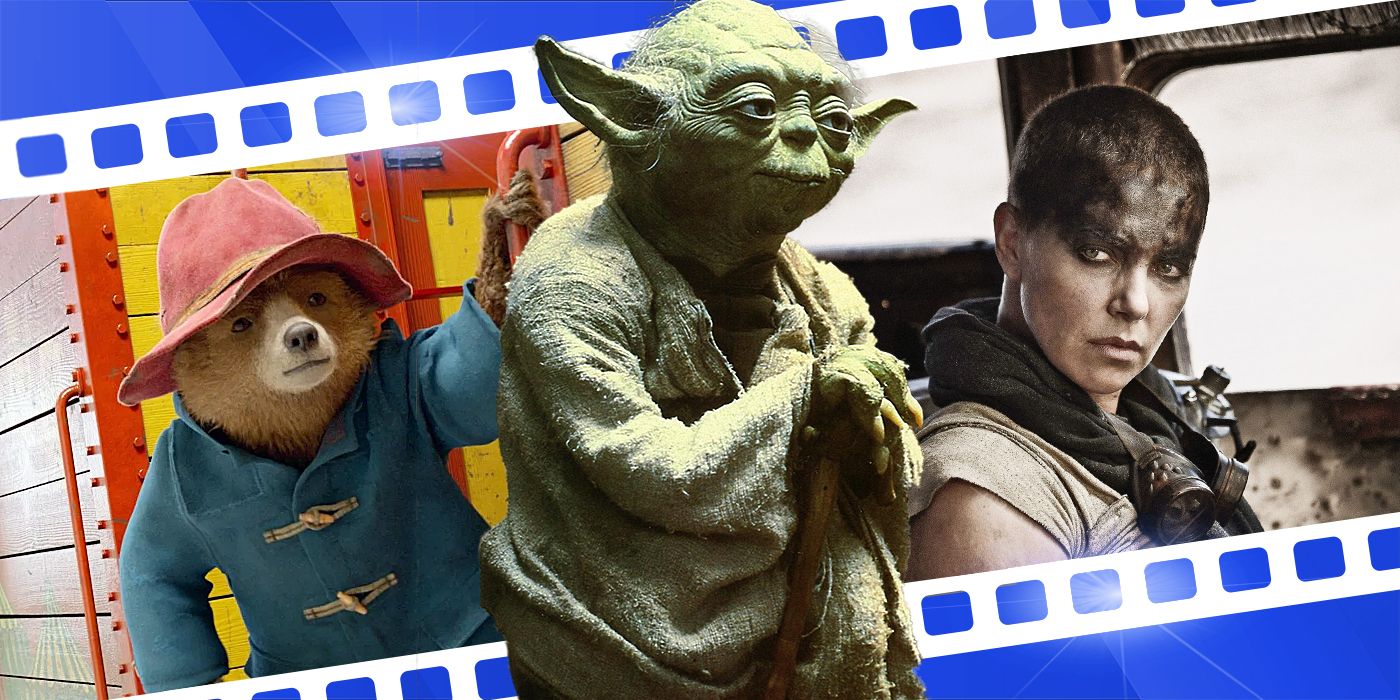
The 25 Best Movie Sequels of All Time, Ranked
From 'The Empire Strikes Back' to 'Top Gun: Maverick' to 'Paddington 2,' this is Collider's ranking of the best movie sequels ever made.Well, the Deadites who made that claim were half right at least. This is where Ash gets his famous chainsaw hand and inaugurates it with the blood of a few white-eyed banshees. It’s funnier, it’s scarier, and to quote Jack Black in Stephen Frears’ adaptation of High Fidelity, "the soundtrack kicks f***ing ass." – Chris Cabin
83 'Candyman' (1992)
A grad student searching for a gripping topic for her thesis, Helen Lyle (Virginia Madsen) believes she has found it in Cabrini-Green, where the legend of a hook-handed man reigns over the locals. Helen finds plenty to write about, but also finds herself grappling with the Candyman (Tony Todd), the boogeyman all the tales center around.
One of the greatest slasher movies of all time, Candyman gifted the world Todd’s legendary performance as the ghostly killer. With his tall, imposing presence and his velvety voice, Candyman works like a modern-day Dracula as he appears to slaughter those foolish enough to utter his name five times. — Ty Weinert
82 'Jacob's Ladder' (1990)
Still haunted by his experience in the Vietnam War, postal worker Jacob Singer (Tim Robbins) finds his terrifying nightmares becoming a reality. With the disturbing visions becoming stronger with each passing day, Jacob sets out to reveal the truth of his ordeal.
One of the most emotionally draining horror movies, Jacob’s Ladder is effective at placing the audience in Jacob’s shoes as he is worn down by each new disturbing revelation. It's an astute exploration of psychology and trauma as well as a frightening horror film. It proved to be highly influential in the horror genre, beyond just cinema, as the videogame series Silent Hill is inspired heavily by the film.— Ty Weinert
81 'Videodrome' (1983)
When Max (James Woods), a television producer, discovers a strange broadcast signal that displays snuff films, he sets out to reveal its origins. The resulting journey causes Max to fall down a dark rabbit hole as he begins to question what is real and what is simply part of the show.
Directed by body horror master David Cronenberg, Videodrome is often cited as one of his best films and a pillar of the genre. Despite being three decades old, Videodrome feels just as fresh today, with its analysis of an audience obsessed with sex and violence seemingly ahead of its time. —Ty Weinert

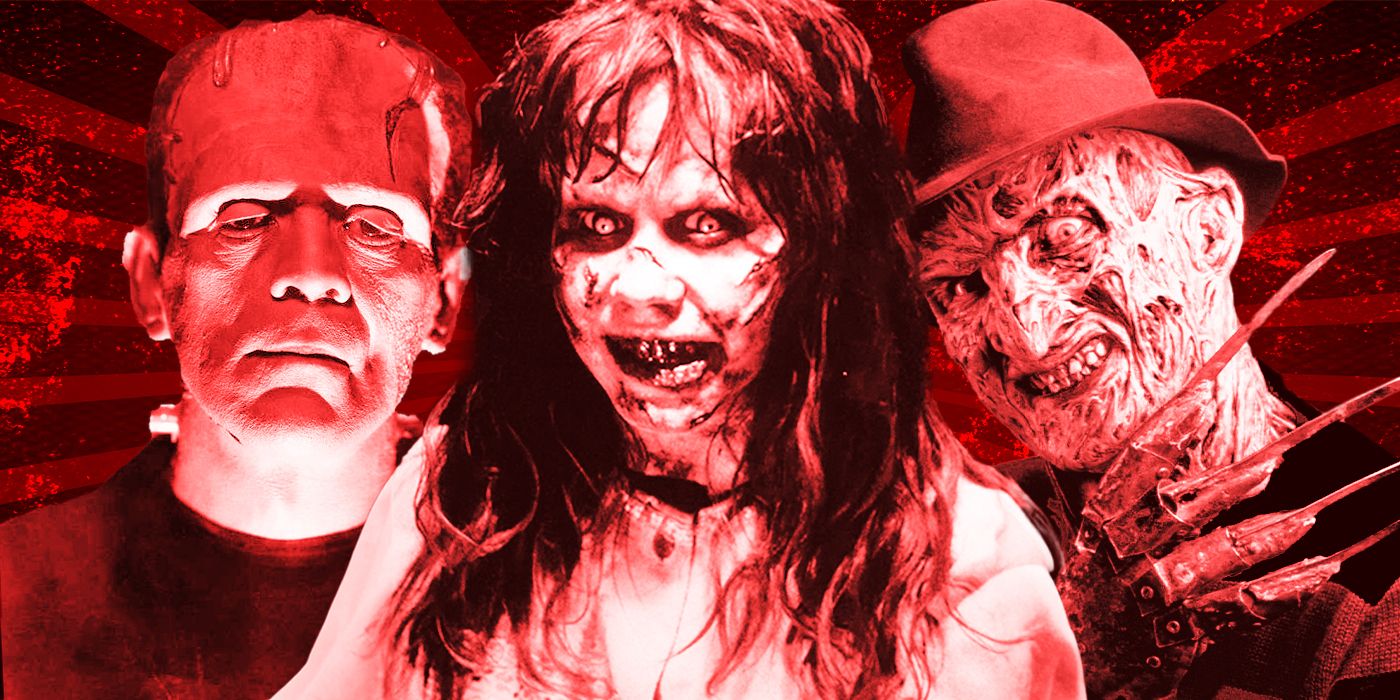
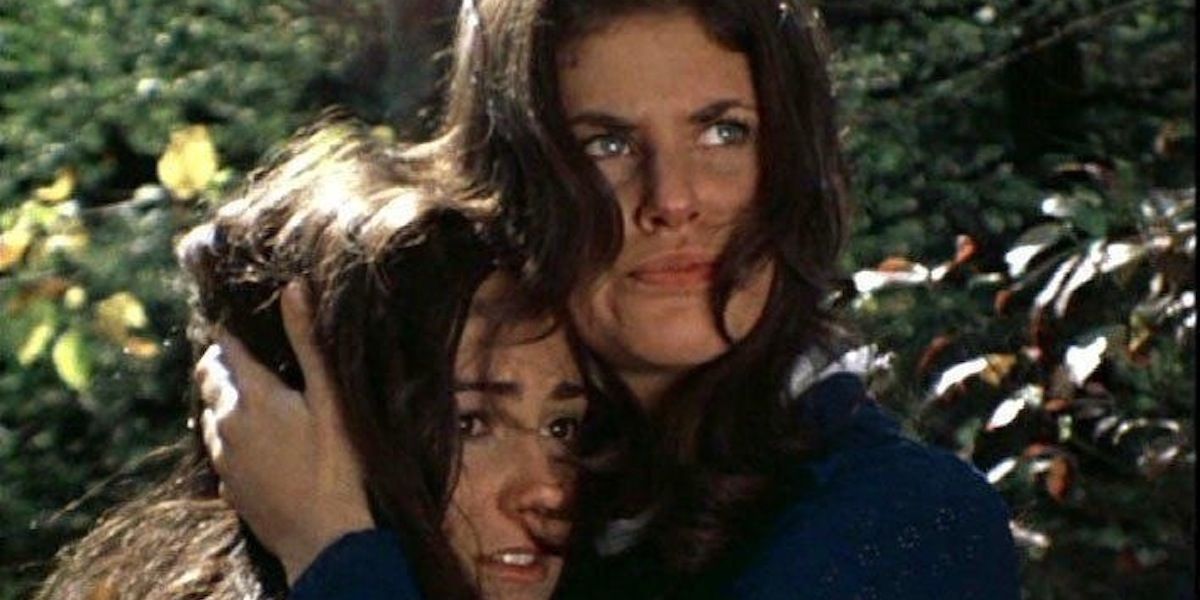
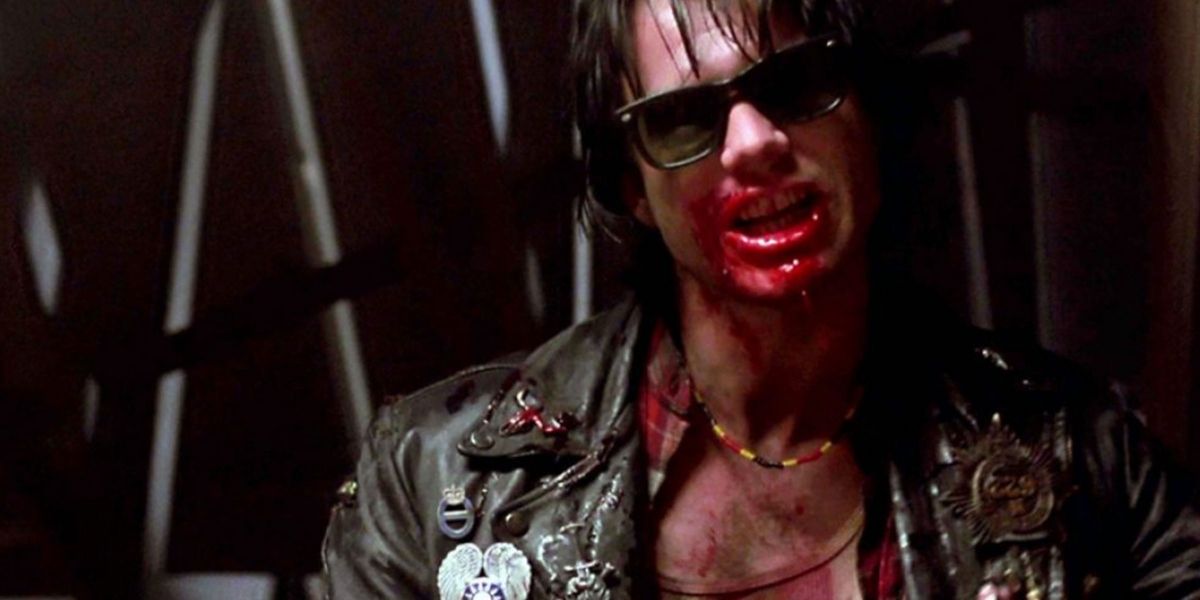
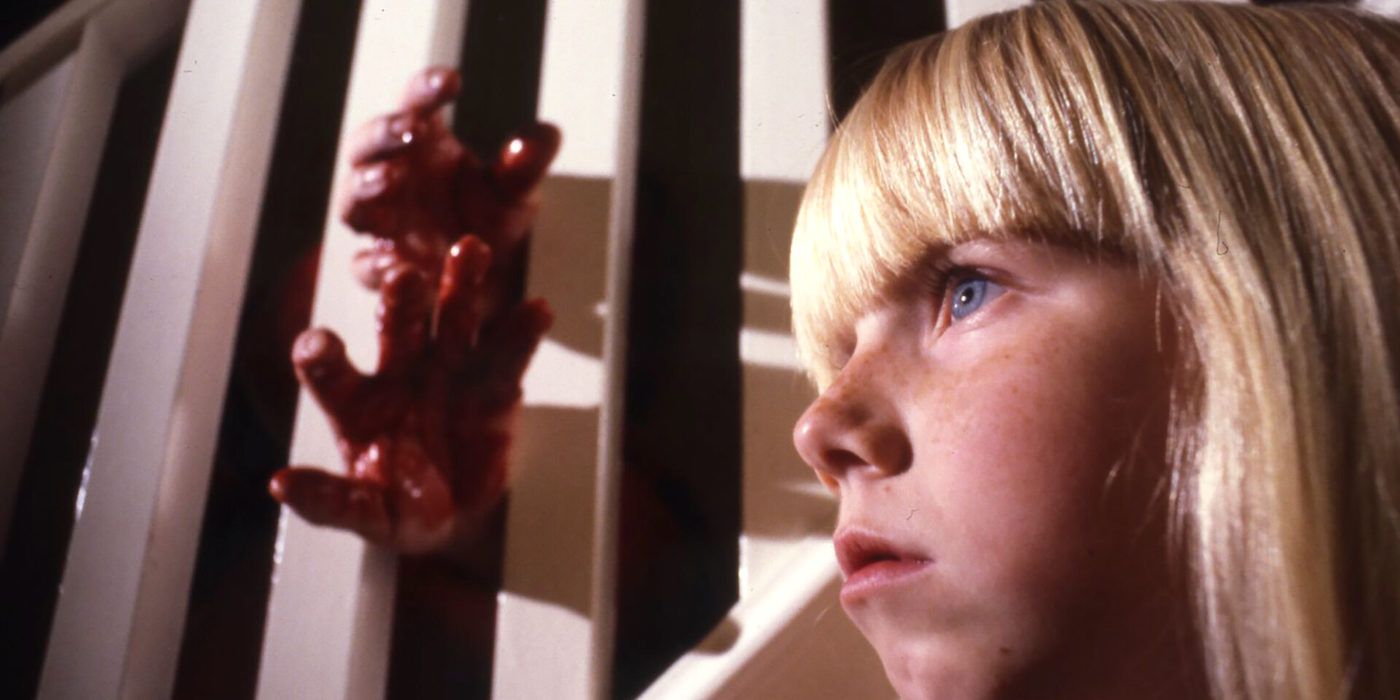
.jpg)
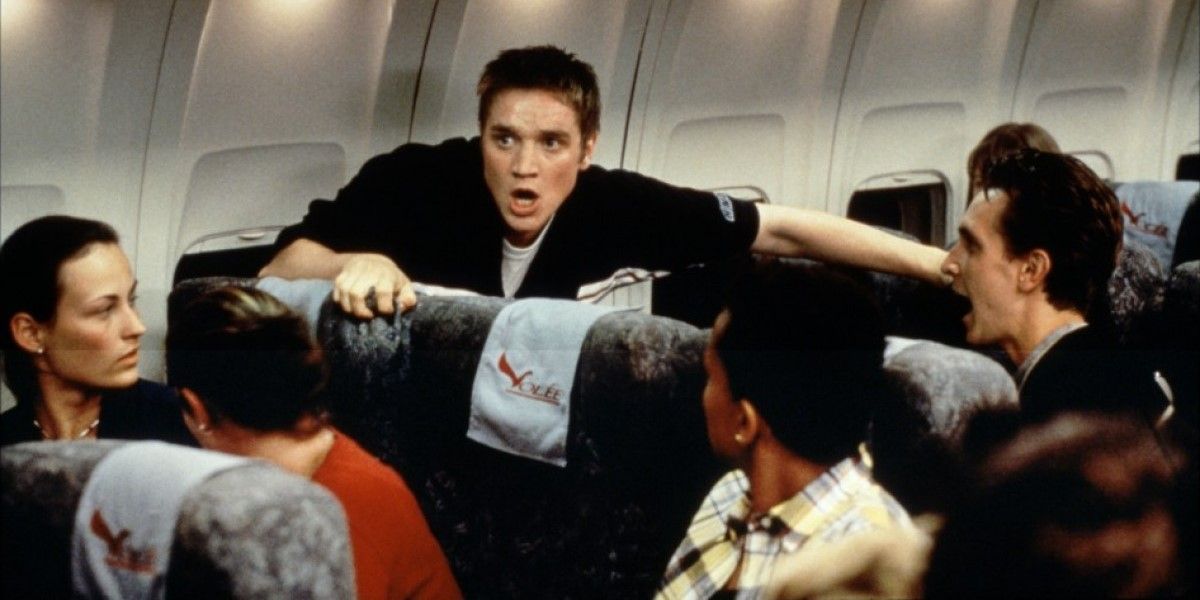
.jpeg)
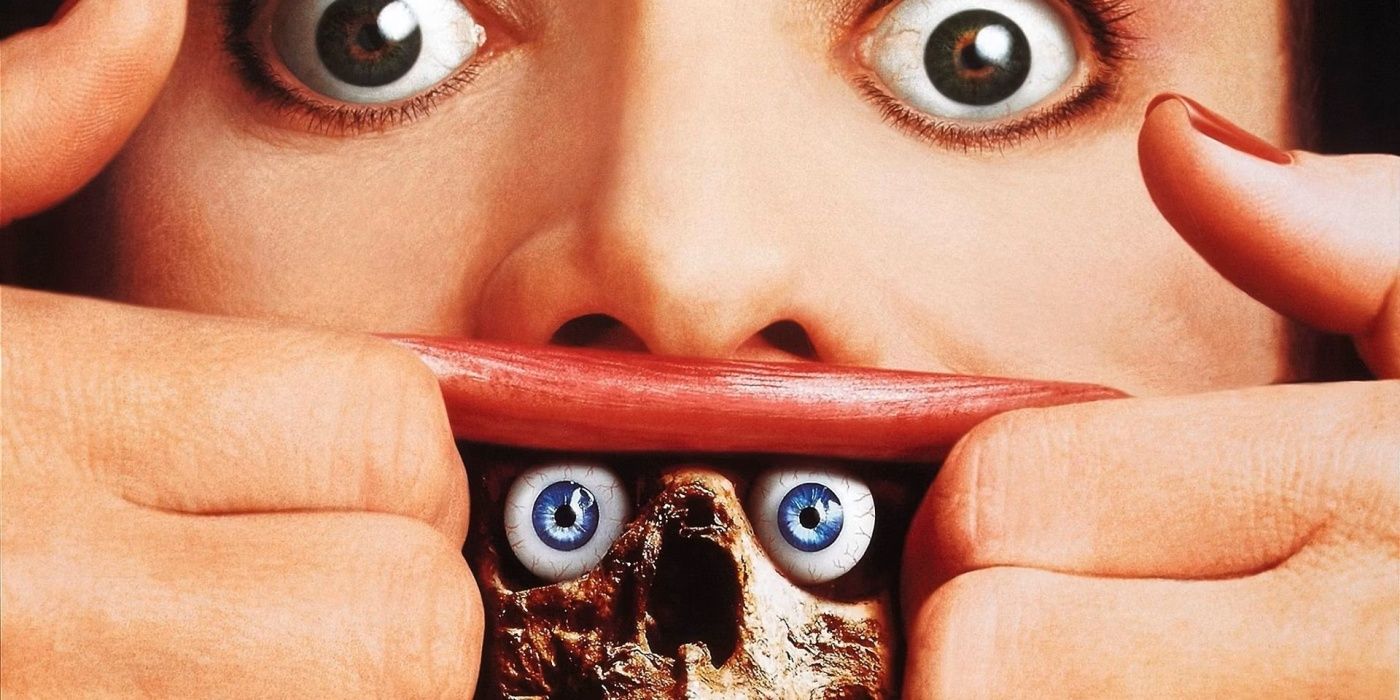
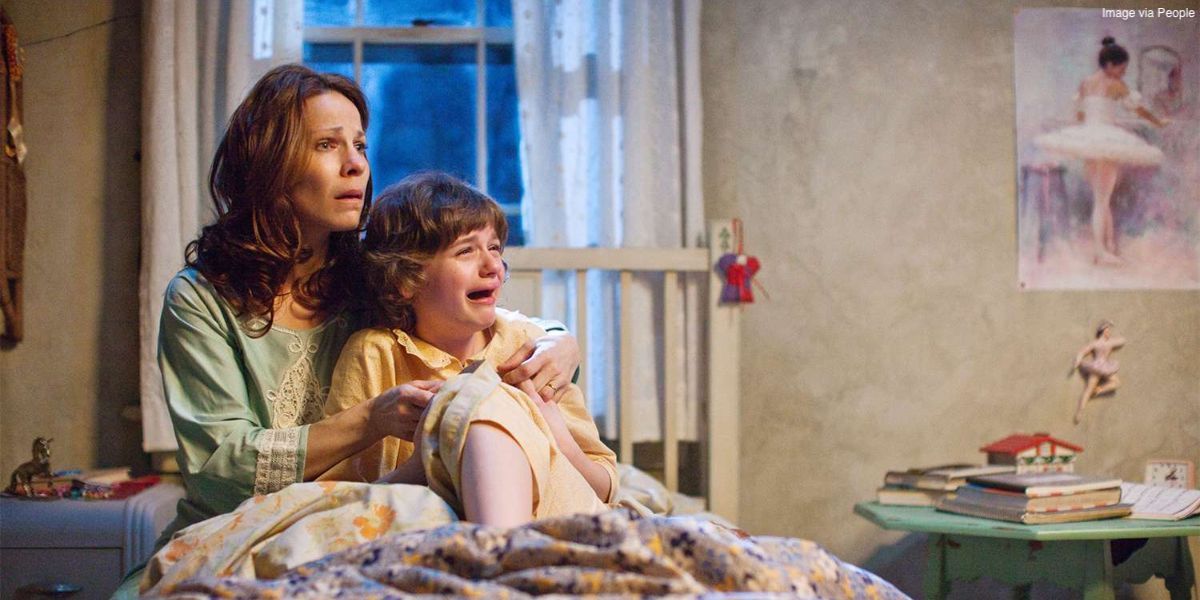
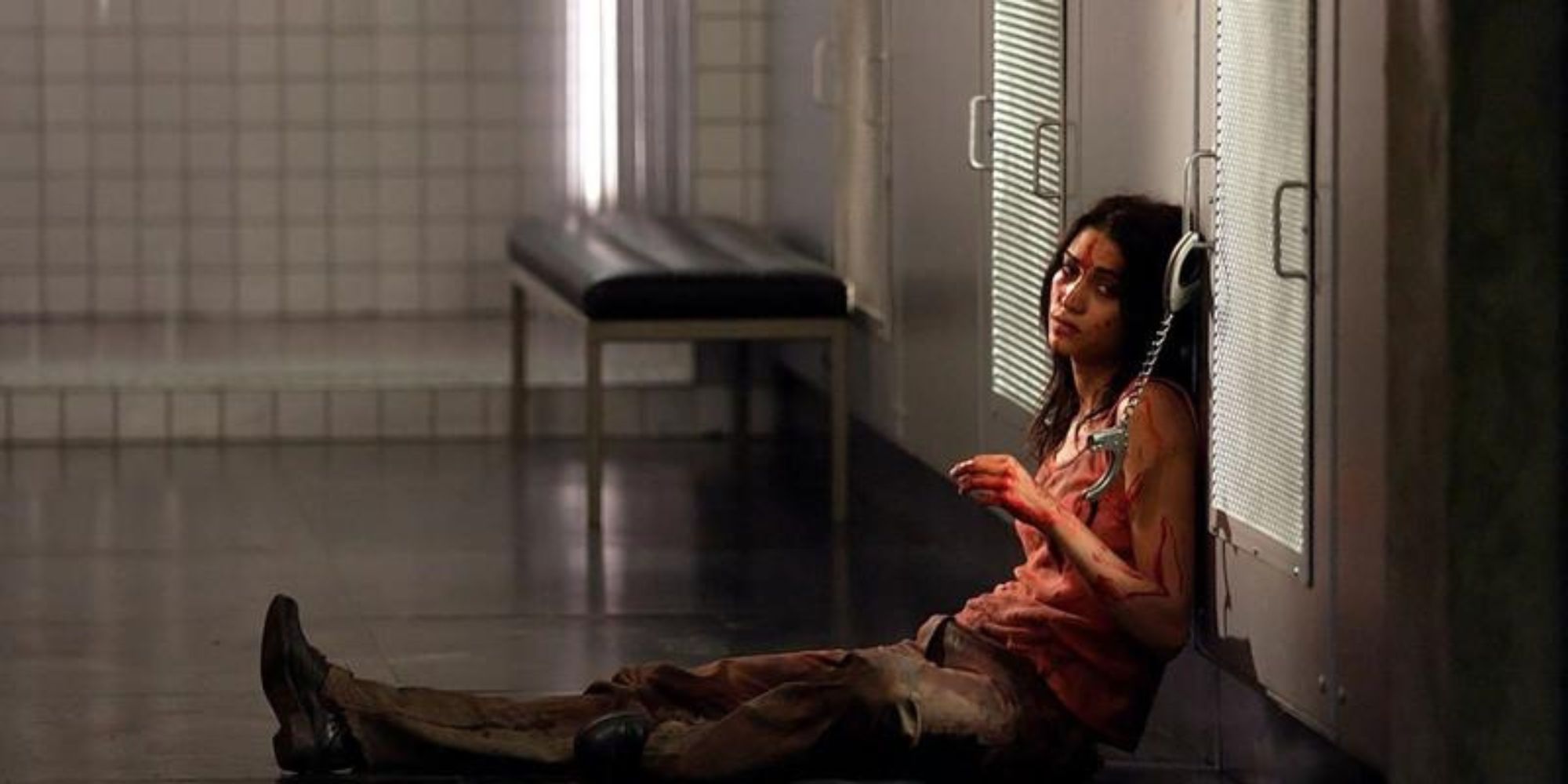
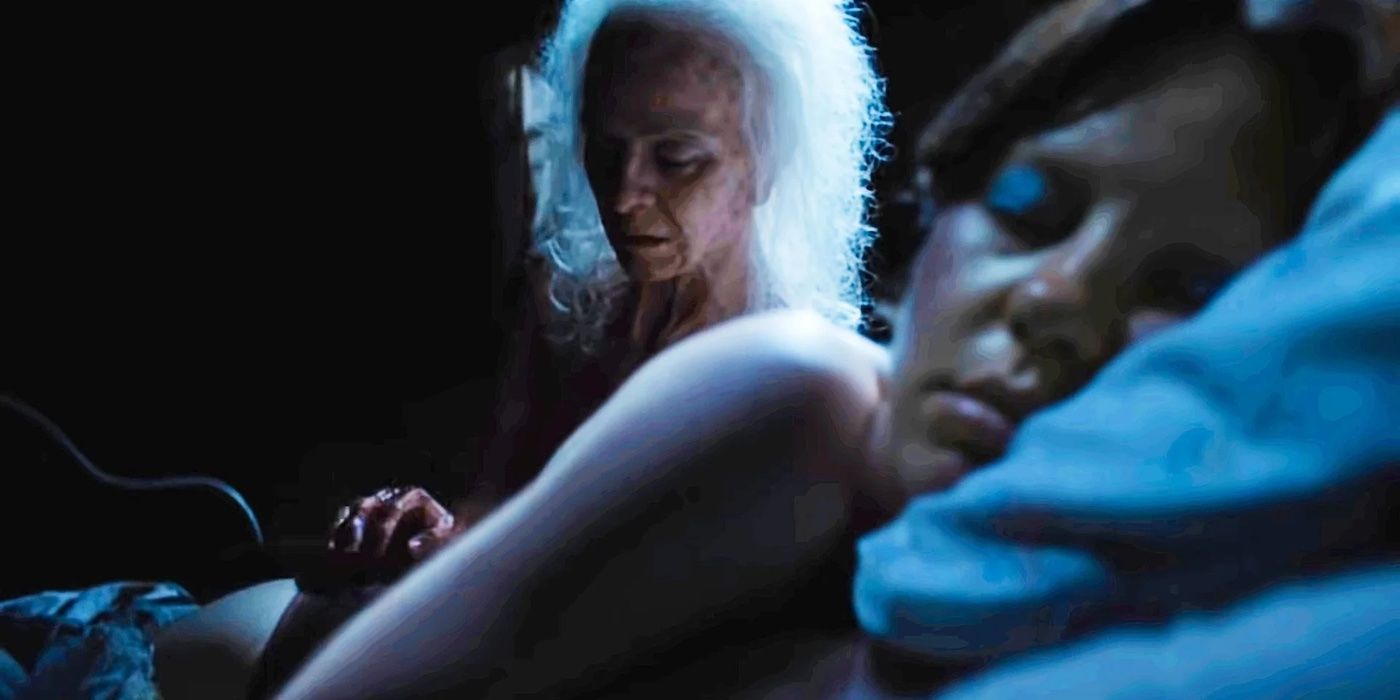
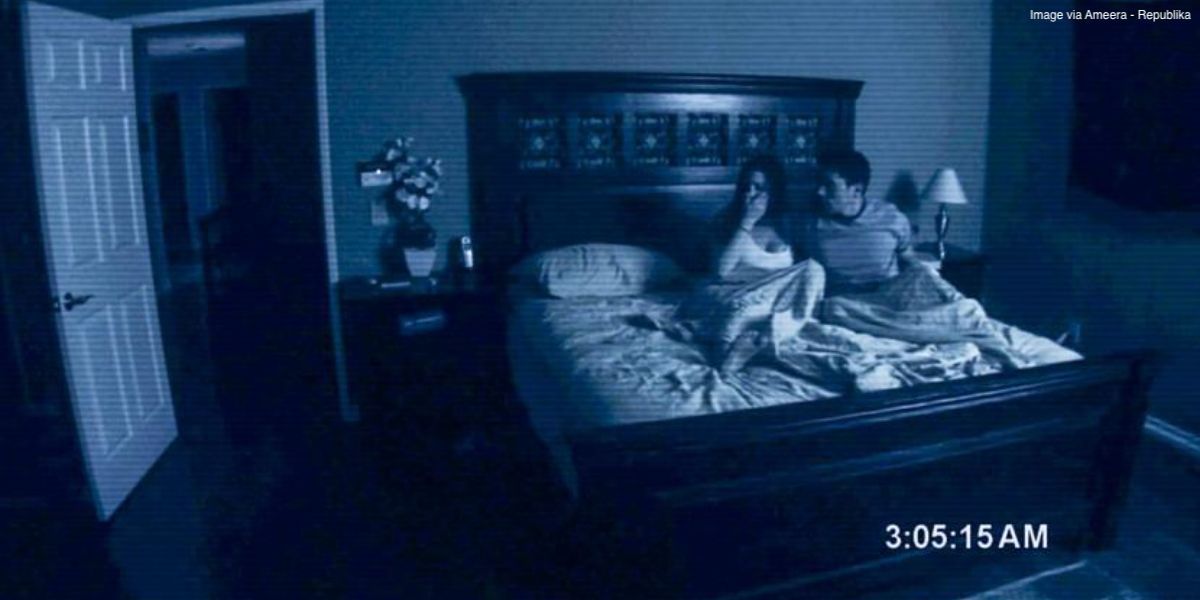
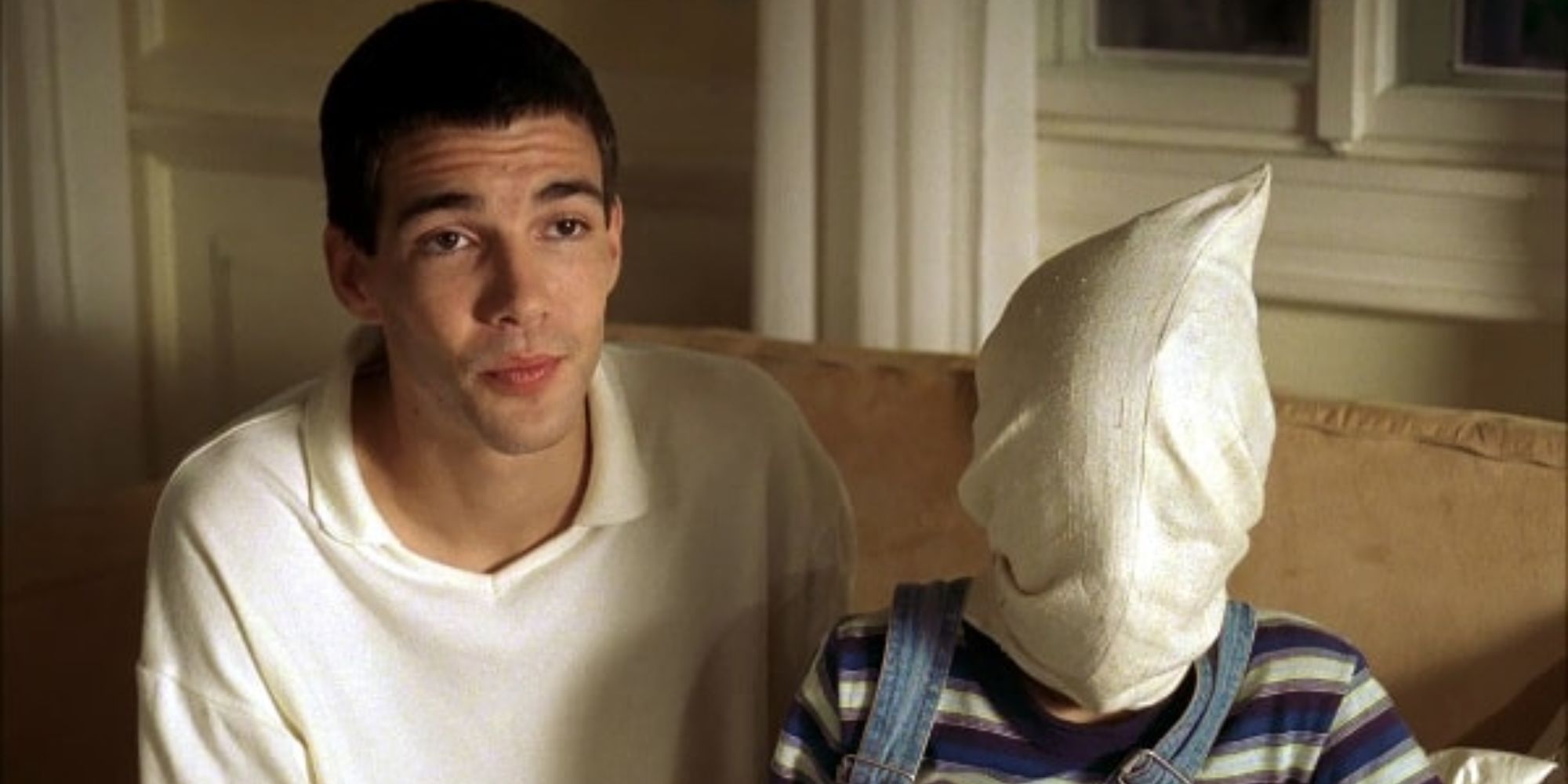
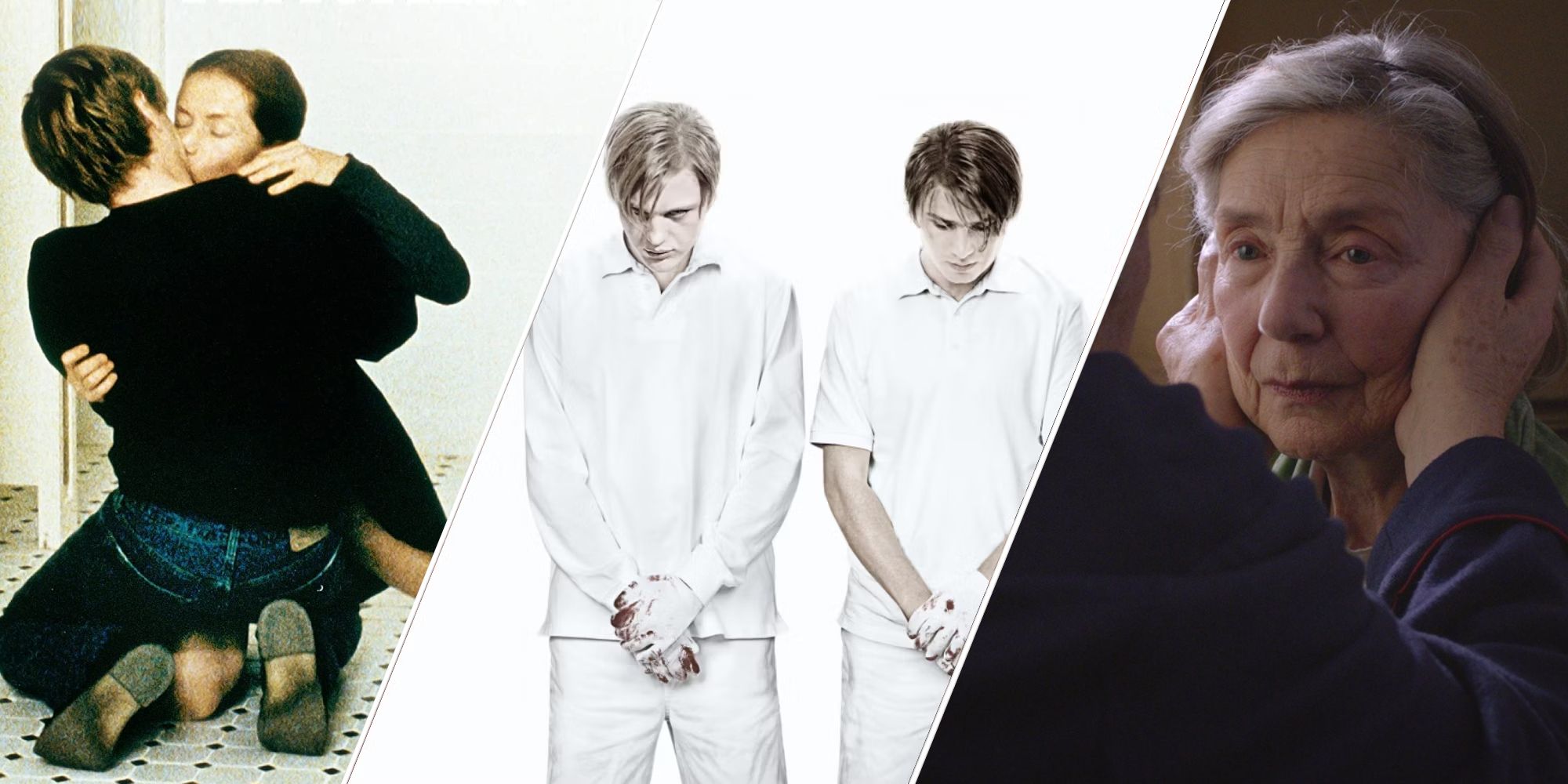
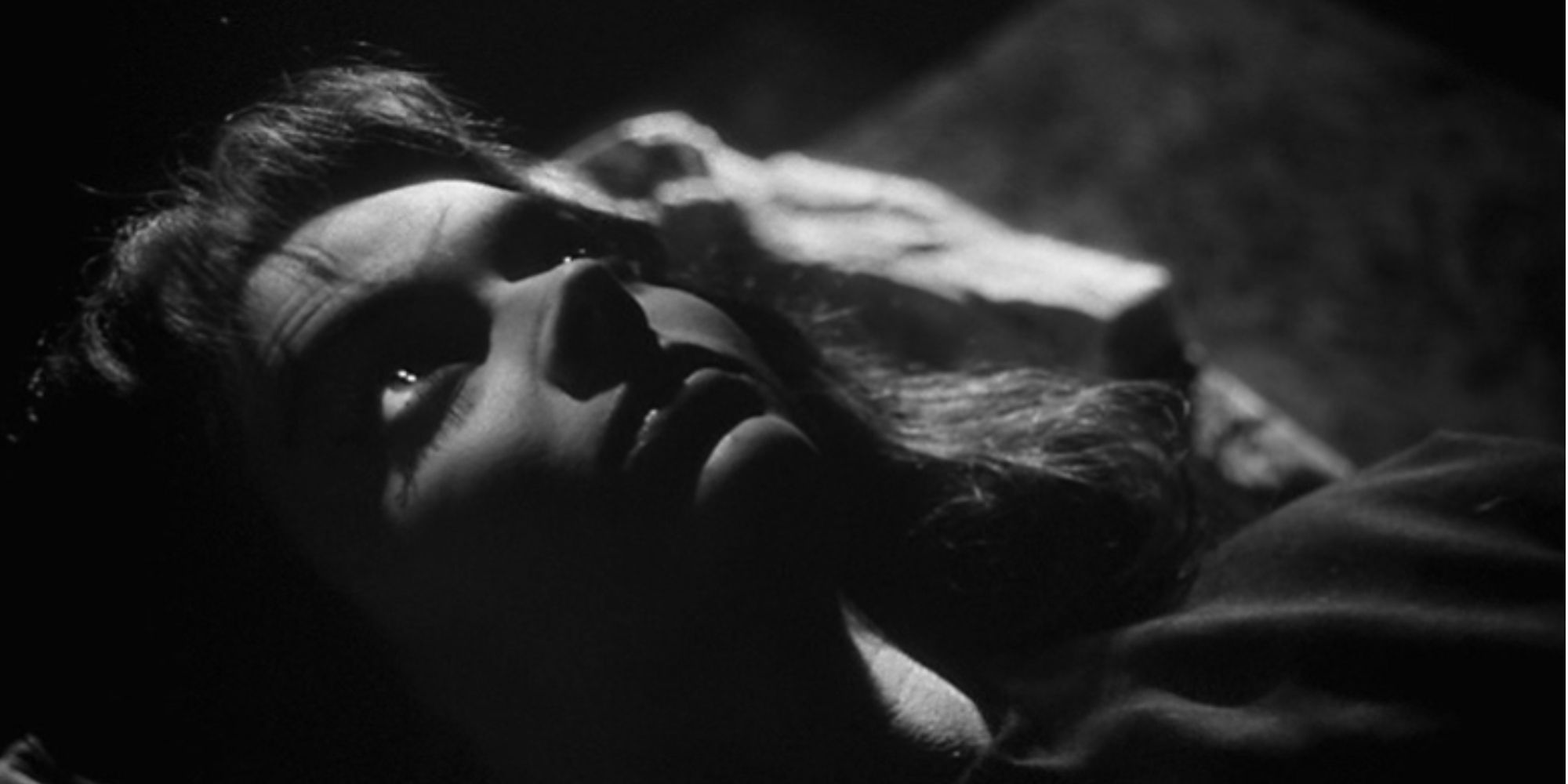
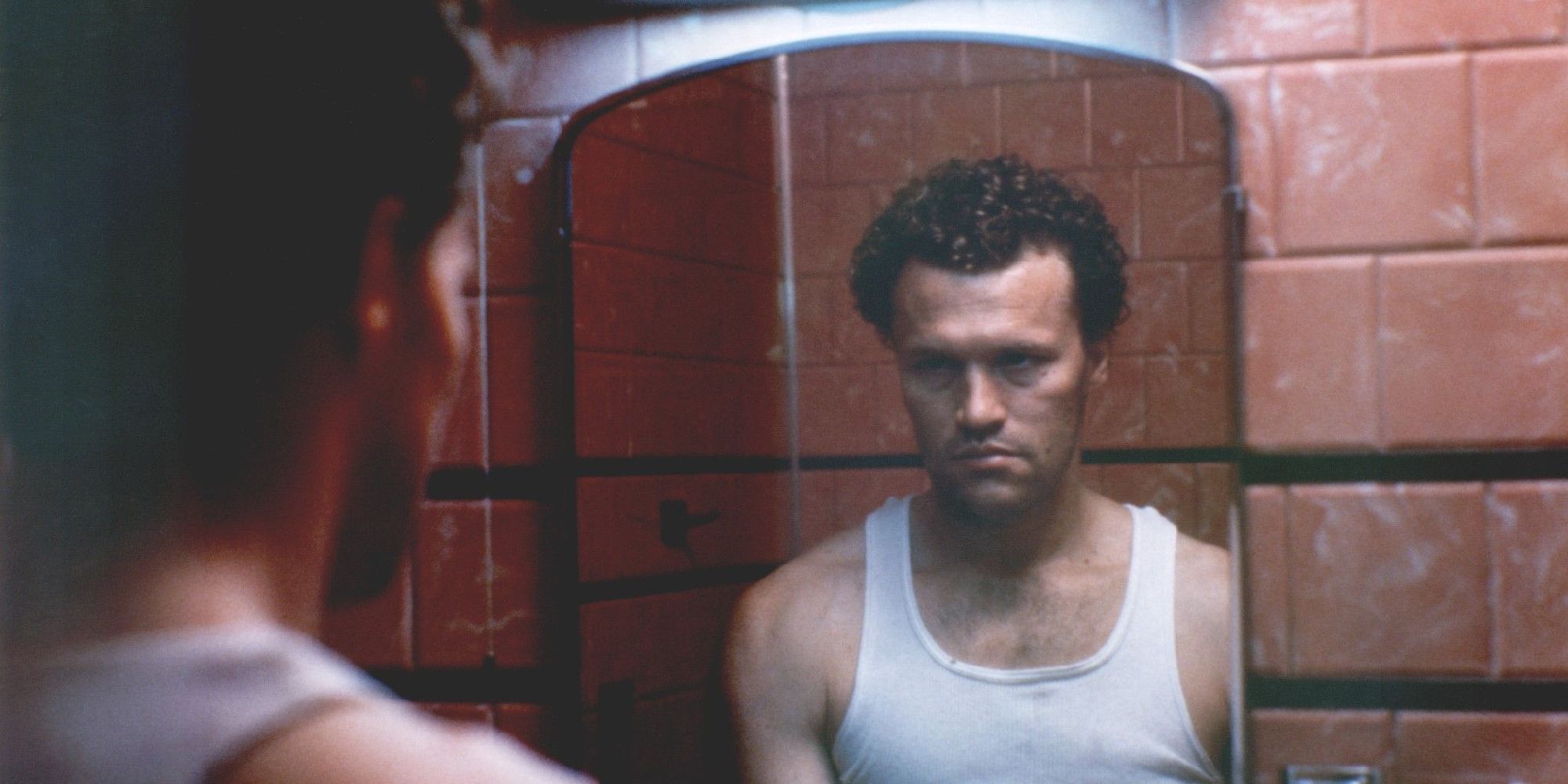
-copy.jpg)
